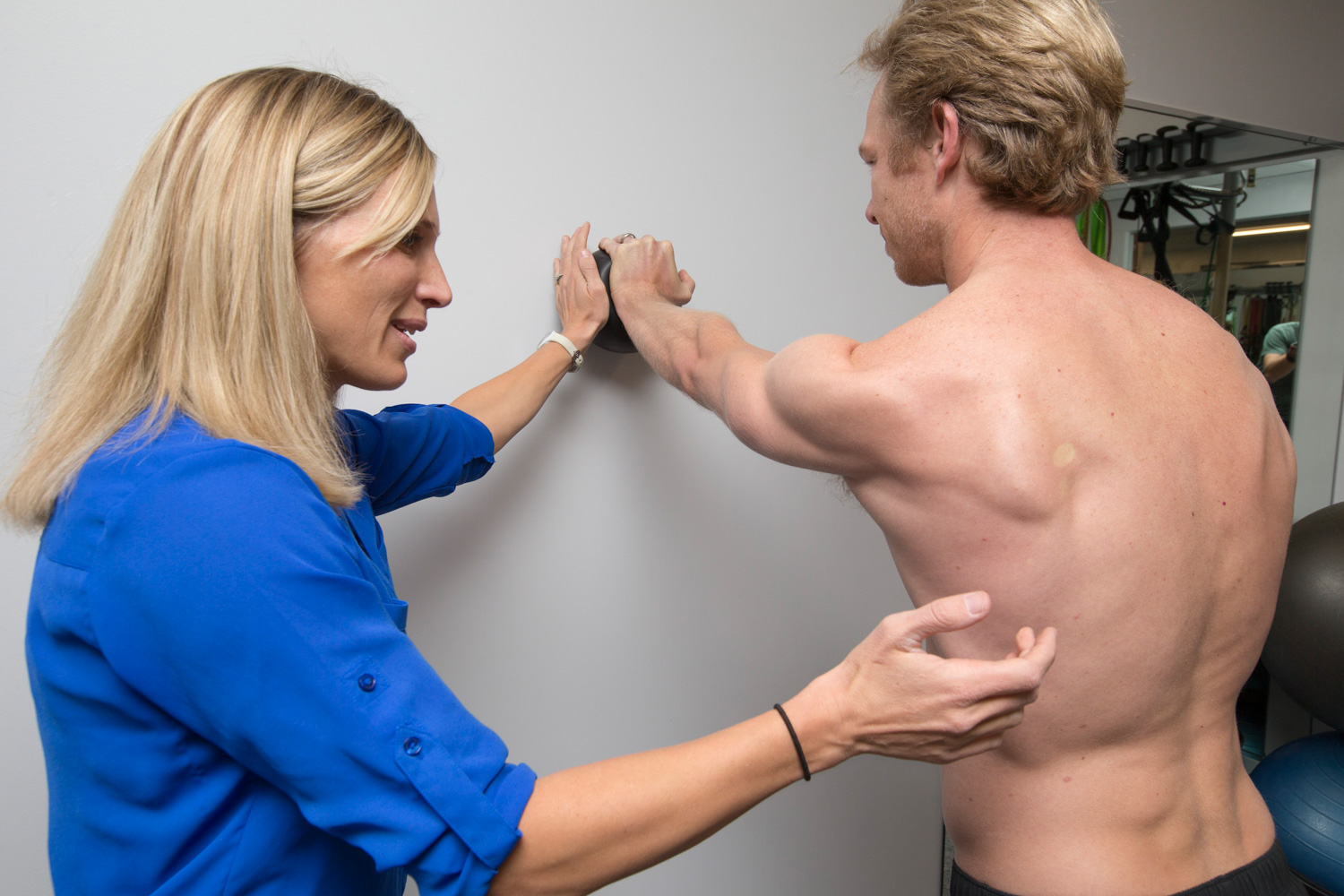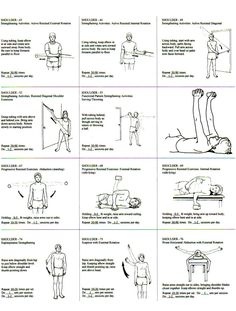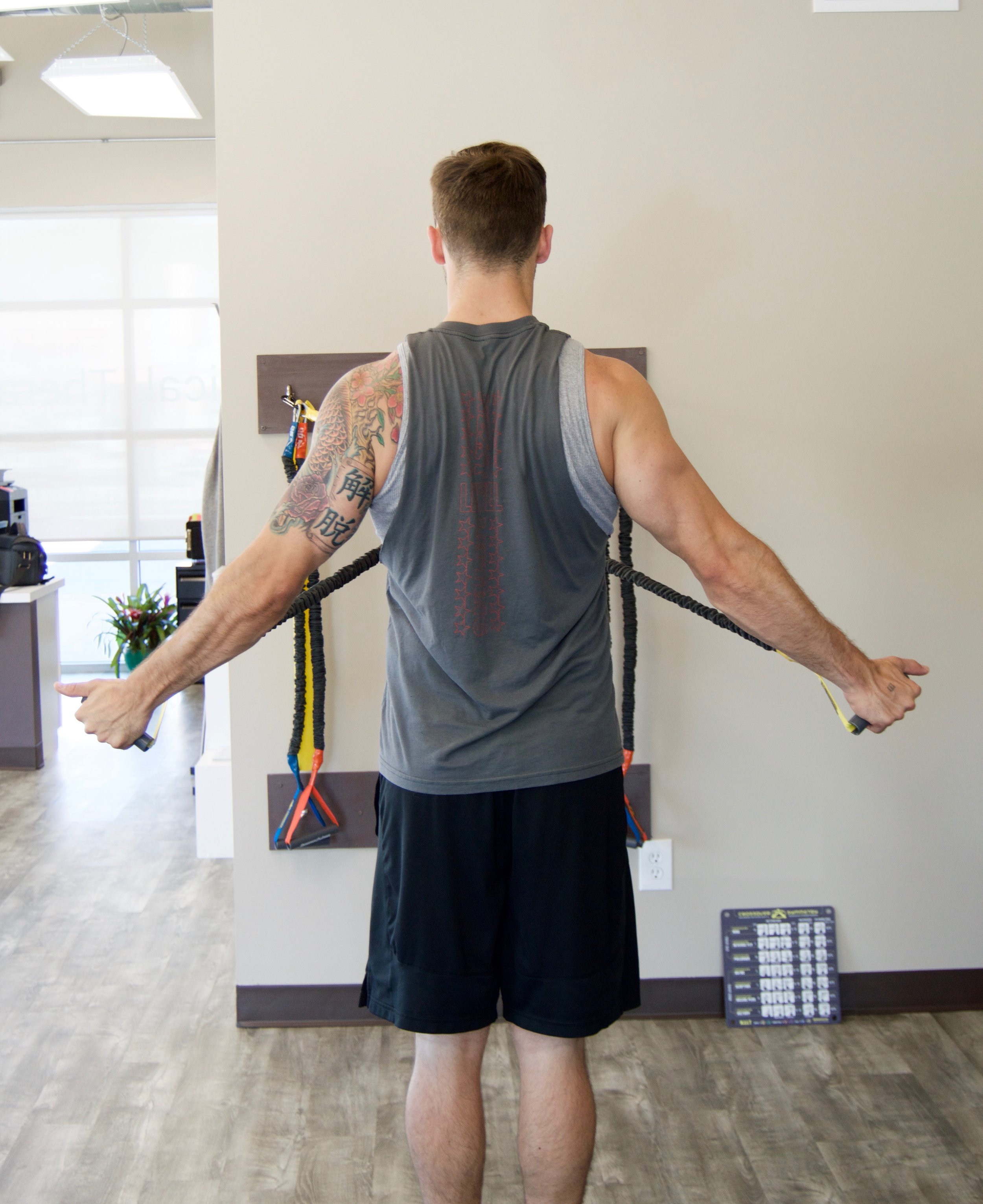The majority of patients undergoing treatment by a Physical Therapist will receive a home exercise program (HEP) based on their specific symptoms. This individualized program is essential for the reduction of symptoms and restoration of function. In my opinion, not providing an exercise program to patients with musculoskeletal conditions leads to patient dependence on the clinician and is detrimental to a patient’s recovery, leading to persistent symptoms and a higher risk of recurrence.
The greatest limiting factor of an effective HEP is patient adherence. If a patient cannot or will not complete an exercise program then its’ effectiveness is null. In my practice, the most common reasons for lack of compliance includes a lack of understanding on the importance of exercise or a lack of time. Boring, non specific exercises are destined to be stopped and greater than 4 time consuming exercises will likely be dropped for family and work responsibilities (see sheet below). Thus, a Physical Therapist has to prescribe efficient and effective exercises for each patient.
A recent article in Clinical Rehabilitation highlights this point. Littlewood et al. randomized 86 patients with rotator cuff tendinopathy to either a single exercise or or multiple interventions commonly used in the treatment of these patients (2015). The single exercise was designed to load the tendon based on the patient’s pain and activity tolerance. This exercise was modified or changed as the patient’s status improved. Although both groups improved the authors did not note significant improvements in function in the short or long term between the single or multiple exercise groups.
The key takeaway from this article is time is a finite resource and we should not waste a patient’s time with ineffective or inappropriate exercises. Instead, we must continually design and refine each HEP to stimulate healing and restore function in every patient. A written, generic handout for every patient with shoulder pain will not suffice. In Physical Therapy, one size does not fit all.
Choosing one thing, performing it frequently and performing it to the best of their ability may be the best option for our patients.



